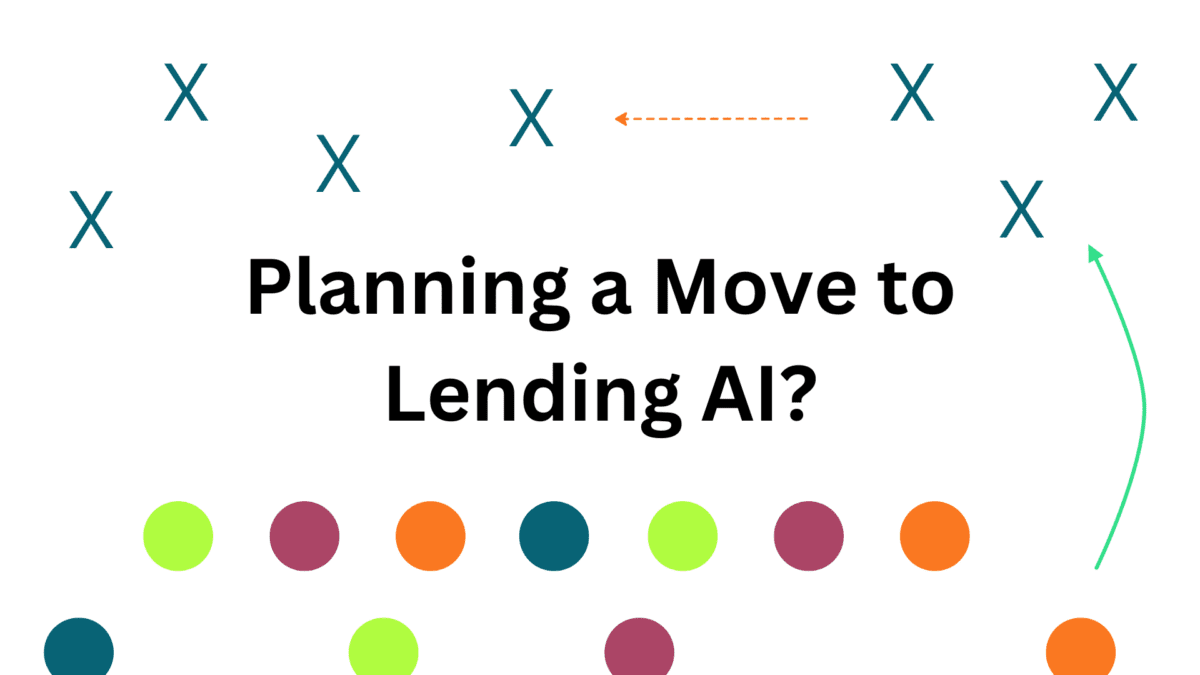Discover how AI-powered mortgage workflows are revolutionizing the industry, offering a competitive edge over traditional methods.

The Challenges of Traditional Mortgage Workflows
The traditional mortgage origination model is riddled with inefficiencies that affect both lenders and borrowers. Hiring more staff to scale operations leads to longer processing times, increased costs, and ultimately unhappy customers. Each additional layer of manual processing introduces further delays and potential for human error, making the entire process cumbersome and less efficient.
Moreover, the reliance on manual workflows means that lenders struggle to meet market demands quickly. This inefficiency not only impacts customer satisfaction but also puts a strain on operational costs, making it difficult for lenders to remain competitive in a market that is poised for recovery.
The Rise of Mortgage Automation Technologies
In response to these challenges, mortgage processing automation technologies have begun to emerge as a viable solution. Many vendors claim to offer automated solutions, but their reliance on offshore labor with minimal AI assistance merely shifts the problem rather than solving it. These solutions fail to address core issues like cost, processing time, and customer satisfaction.
However, some vendors are engineering their AI technologies to provide deep and intelligent document automation capabilities. These advanced solutions are designed to handle mortgage processing workflows from start to finish, significantly reducing the need for manual intervention, and ultimately deliver automated scale to the lenders business.
AI-Driven Mortgage Processing: A Game Changer
Automated mortgage processing is transforming the industry by providing capabilities that were previously unimaginable. AI Assistants, designed to complete various mortgage processing workflows autonomously, allow lenders to scale operations using cloud and compute power rather than manual processes. This results in faster decision-making times and lower operational costs.
By leveraging AI to fully handle both repetitive and complex tasks such as document processing and data analysis, lenders can meet market demands more efficiently. This not only enhances customer satisfaction but also provides a competitive edge in a rapidly evolving market.
Competitive Advantages of Automated Workflows
Lenders who adopt AI-powered mortgage workflows are already reaping significant benefits. These automated systems can complete ‘docs to decisioning’ workflows in near real-time, reducing processing times by as much as 80%. This allows lenders to scale their operations without the need to increase their workforce.
In contrast, lenders sticking to traditional models will continue to face rising operational costs, delayed decision-making, and dissatisfied customers. Over time, this will likely result in reduced revenues and a diminished competitive standing in the market.
Future Trends in Mortgage Origination
The future of mortgage origination is poised to be dominated by AI and automation. As these technologies continue to advance, we can expect even more streamlined processes, reduced costs, and faster decision-making times. Vendors who deliver these capabilities and lenders who stay ahead of the curve by adopting these technologies will be better positioned to meet market demands and enhance customer satisfaction.
Looking forward, the divergence between AI-assisted and traditional mortgage workflows will become even more pronounced. Those vendors who rely on manually powered workflows and offshoring will continue to provide a disservice to their lenders. Conversely, lenders who embrace automation, from vendors with proven AI track-records and fully automated Assistants will not only survive but thrive in the competitive mortgage market of the future.




